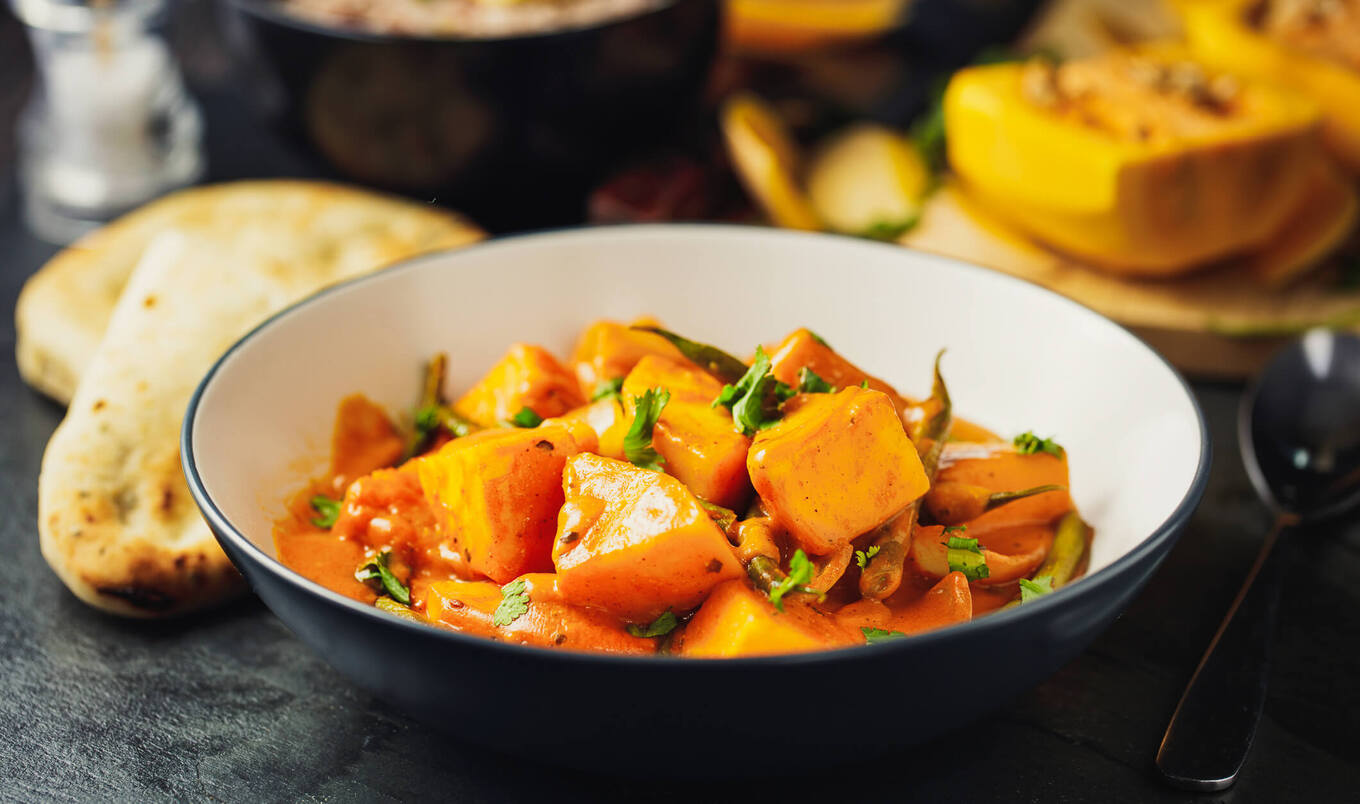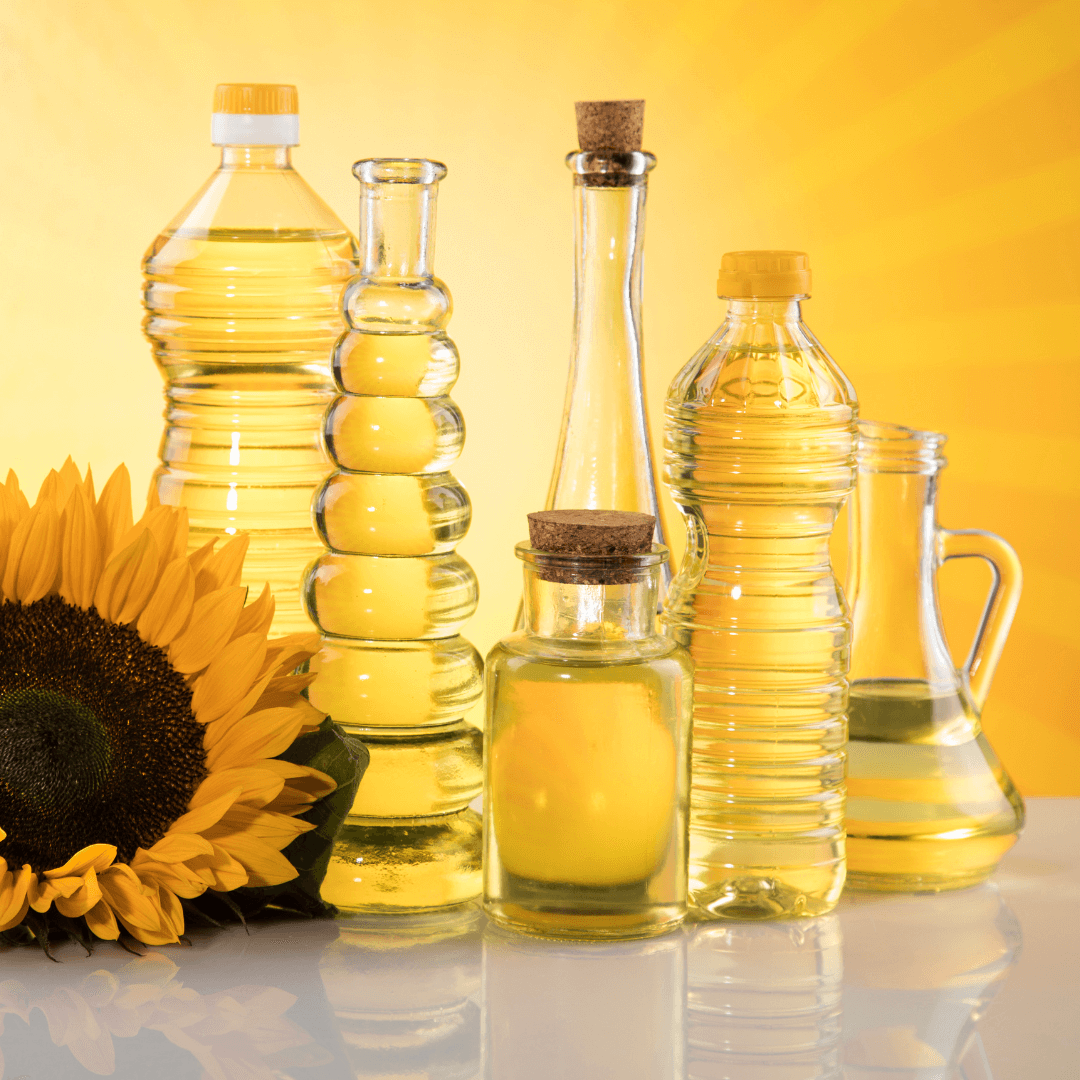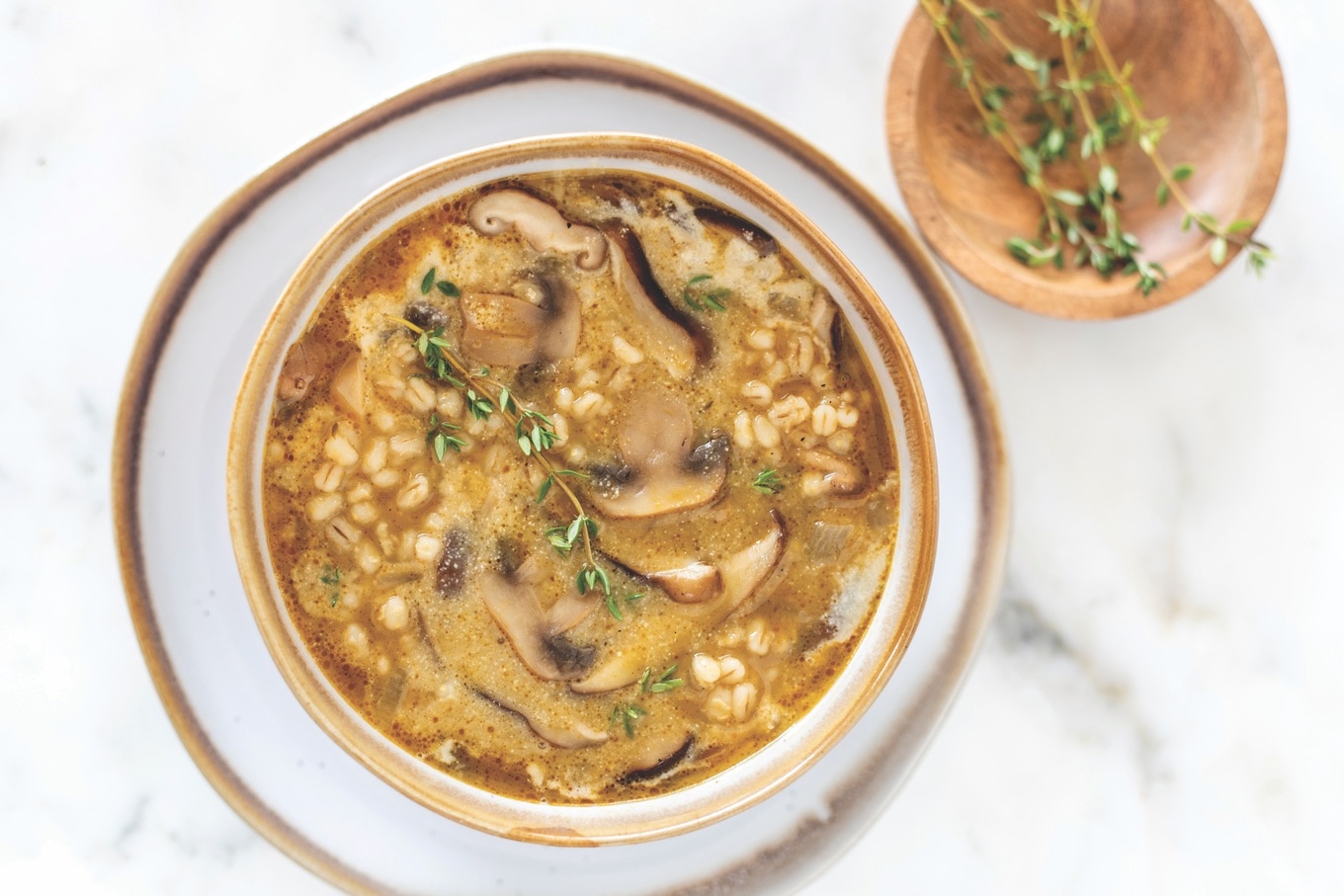Cannabis-infused edibles have grown exponentially in popularity as a more discreet and flavorful way to enjoy the benefits of marijuana. While brownies, cookies, and gummies are the most common format, other forms of “edibles” can offer new ways to relax and unwind.
Greta Hoffman/Pexels
Instead of reaching for a conventional edible or rolling a joint, imagine pouring yourself a cold iced coffee with a touch of cannamilk to really chill out. Cannabis-infused milk is soothing and provides a potent, long-lasting effect. Plus, you can make it easily at home.
Table of Contents
How to make cannamilk
Creating cannamilk involves a few key steps, the first of which is decarboxylation. This process is crucial because raw cannabis contains THCA (tetrahydrocannabinolic acid) and CBDA (cannabidiolic acid), which are not psychoactive. Heating cannabis converts these compounds into THC (tetrahydrocannabinol) and CBD (cannabidiol), the active ingredients responsible for the effects we seek.
James Hook, MD at Neurogan Health, stresses that temperature control is key, for proper preparation and to keep pathogens away. “Be sure that when you’re heating your milk, you keep it between 210 and 220 degrees Fahrenheit,” Hook tells VegNews. “It should remain boiling/simmering throughout the process. Then after it’s done heating, let it cool until you can interact with it.”
“As soon as it’s strained and in a container, you should put it into the refrigerator to allow it to cool completely,” Hook says.
Once the cannabis is decarboxylated, the next step is to infuse it into the milk. Traditionally, this involves simmering the decarboxylated cannabis with milk, allowing the cannabinoids to bind with the fat in the milk. The result is a creamy, cannabis-infused drink that can be consumed on its own or used in various recipes.
Why dairy-free cannamilk is better
While cannamilk recipes typically use dairy milk, vegan milks with similar fat contents—for instance, the new Complete line by Califia Farms—can be used. And are superior for several reasons.
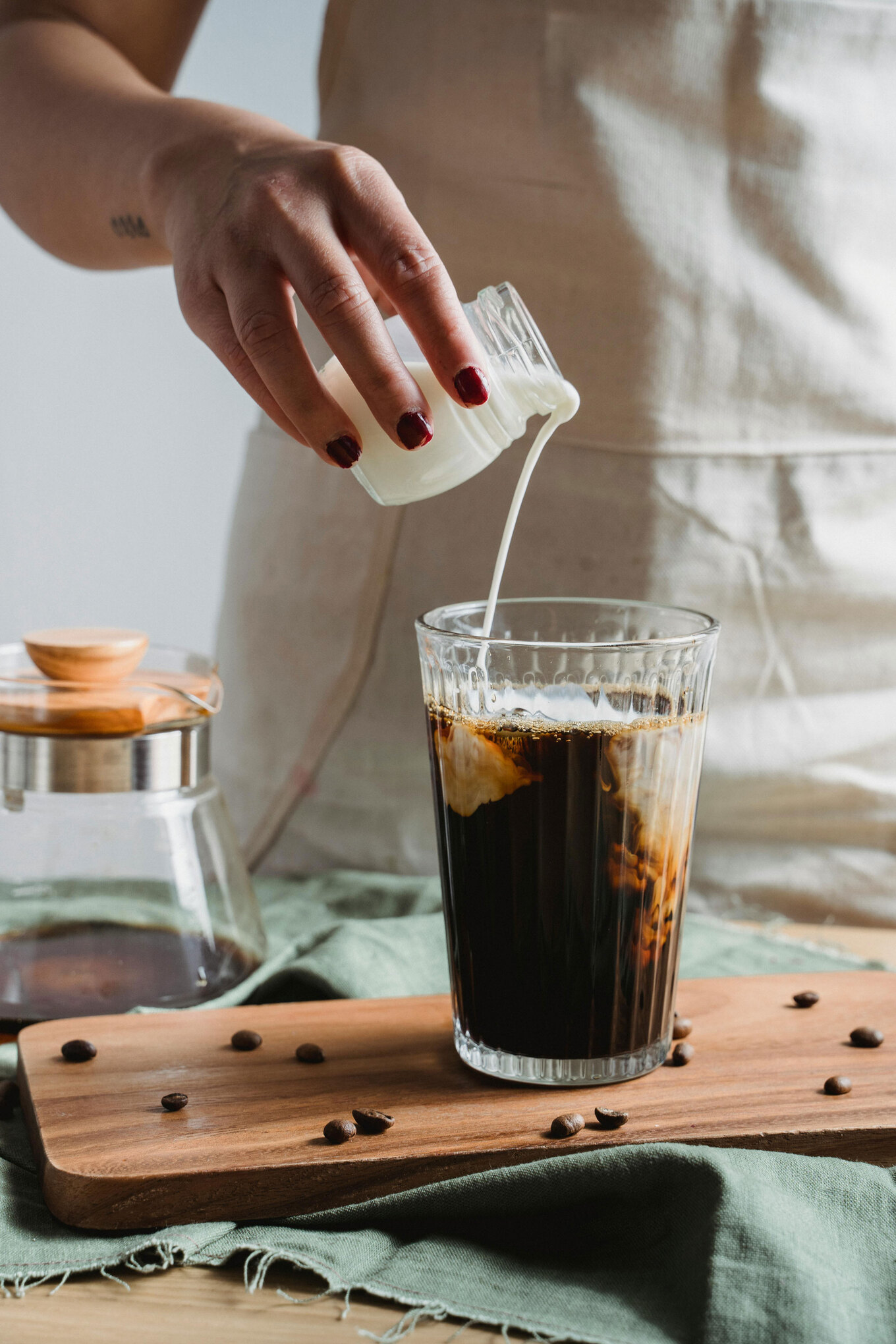 Nicola Barts/Pexels
Nicola Barts/Pexels
For many people, dairy isn’t an option due to lactose intolerance, meaning that the body can’t properly digest lactose—leading to discomfort and gastrointestinal issues. In fact, experts say that lactose malabsorption affects 68 percent of the world population. Additionally, some people have dairy allergies, making vegan options essential.
Dennis Sanders, Founder and CEO of Burning Daily, says that dairy-free cannamilk helped him to thrive.
“Back when I was juggling the corporate world at Oracle and nurturing my e-commerce side hustle, canna milk became my secret weapon for boosting brain power and keeping me fueled through the daily grind,” Sanders tells VegNews.
“But here’s the kicker: I’m lactose intolerant, so dairy wasn’t an option,” Sanders says. “That’s when I stumbled upon dairy-free canna milk—a game-changer that saved my stomach and opened up a world of health benefits.”
While dairy is linked to inflammation and other health issues, almond, coconut, and oat milks offer a range of health benefits. Almond milk is low in calories and rich in vitamin E, a powerful antioxidant. Coconut milk contains medium-chain triglycerides (MCTs), which can boost metabolism and support weight loss. And oat milk is high in fiber and can help lower cholesterol levels.
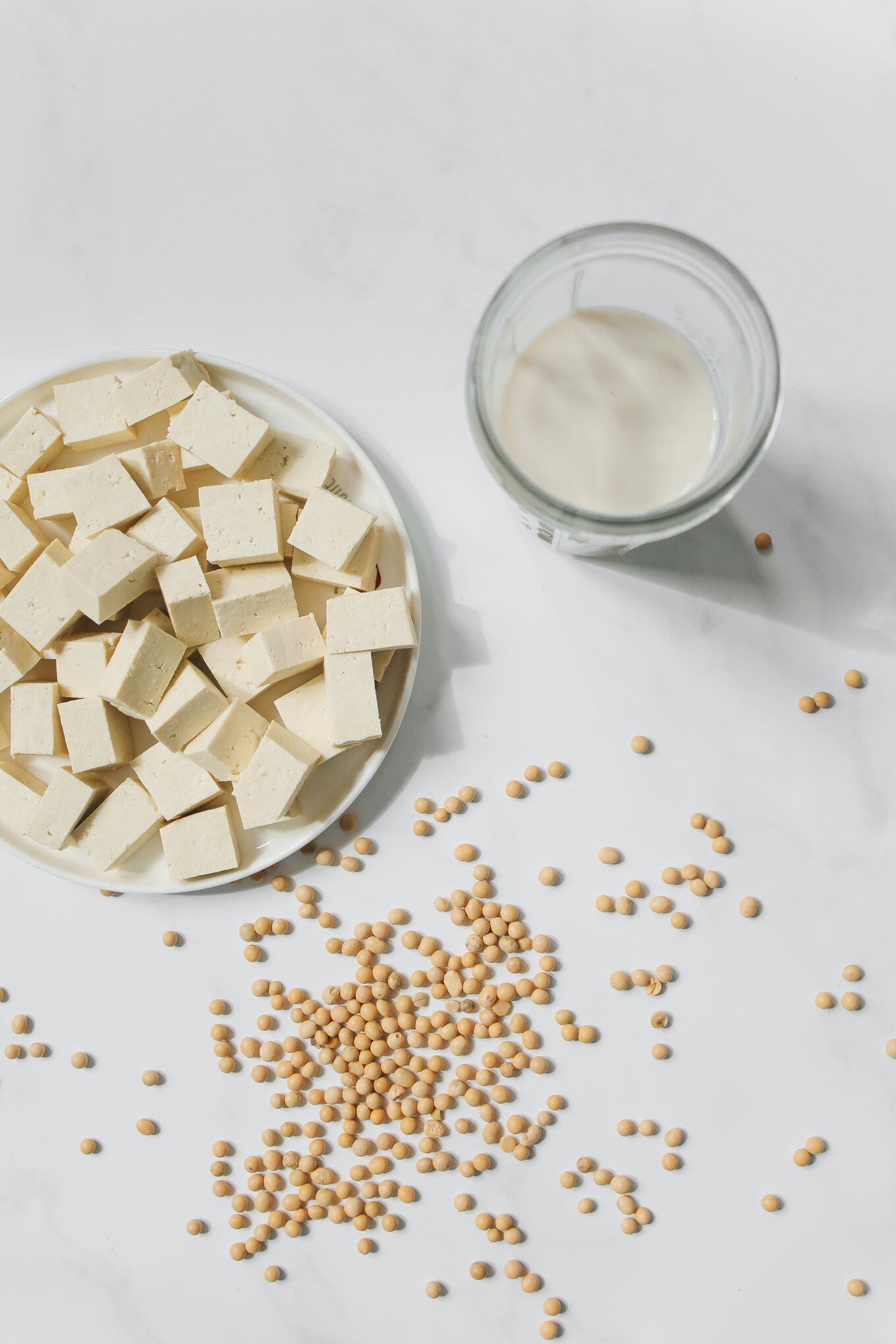 Polina Tankilevitch/Pexels
Polina Tankilevitch/Pexels
“One of the changes I have made is reducing how much dairy milk I consume, instead opting for organic soy milk wherever possible,” Hook says. “This option allows for the same intake of nutrients as milk without some of its harmful effects, like being high in saturated fat and having bad environmental effects.”
The doctor is right. While the climate impact of meat production is a large part of animal agriculture’s overall environmental impact, dairy production also has a significant footprint. In fact, one 2020 report found that the world’s top 13 dairy farms emit the equivalent in greenhouse gasses as the United Kingdom, the sixth largest economy in the world.
Dairy-free milk generally has a lower environmental impact. Producing almond milk, for instance, uses less water than dairy farming, and oat milk production results in fewer carbon emissions.
How to make dairy-free cannamilk
The process of making dairy-free cannamilk mirrors the traditional method with slight adjustments based on the type of milk used. The steps involve combining the decarboxylated cannabis with your chosen dairy-free milk and gently heating the mixture to allow the cannabinoids to infuse.
For a nutritious variation on the base, Sanders suggests blending the dry leaves of Jack Herer and Purple Punch strains together with hemp seeds and water, and then squeezing the mixture through a nut bag or cheese cloth. Adding a touch of vanilla and maple syrup kicks this up a notch.
“My version of canna milk blends Indica, sativa, and hemp—it is packed with nutrients and antioxidants, thanks to the hemp seeds’ powerhouse of omega-3 and omega-6 fatty acids,” Sanders says.
“These bad boys are like rocket fuel for your brain, enhancing cognitive function and keeping those neurons firing on all cylinders,” Sanders says.
Another added benefit of using dairy-free milks is the sheer variety of flavor and texture. Almond milk, for instance, provides a light, nutty flavor, while coconut milk offers a rich, creamy consistency. Oat milk, on the other hand, has a naturally sweet taste that can complement the earthiness of cannabis.
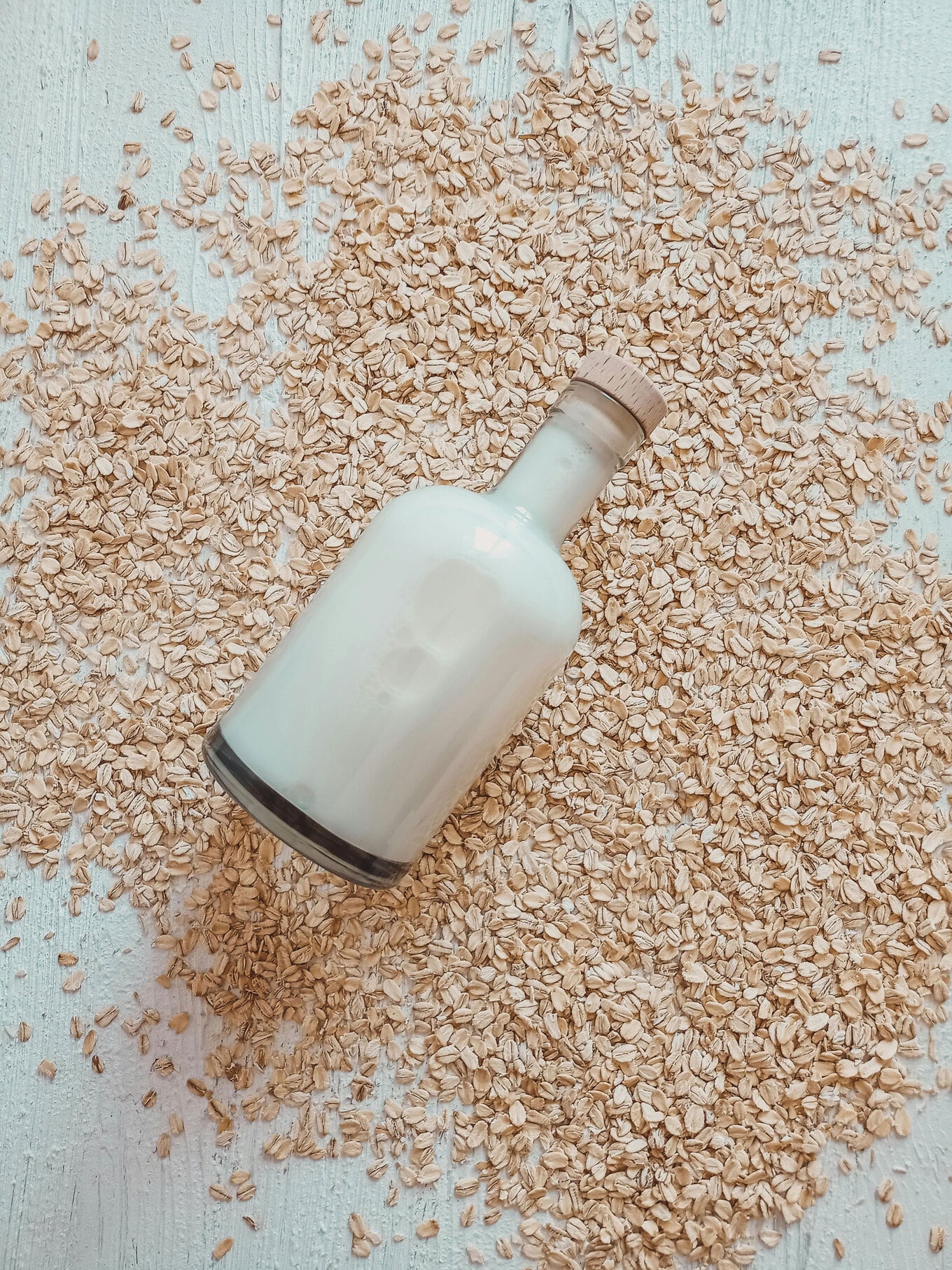 Hello Aesthe/Pexels
Hello Aesthe/Pexels
Once your cannamilk is ready, the possibilities for its use are endless. You can drink it straight, add it to your coffee or tea, blend it into smoothies, or use it in baking recipes. It can also serve as a creamy base for savory dishes such as soups and sauces if you’re a cannabis culinarian.
“Whether you’re sipping it straight, pouring it over cereal, or using it as a creamy addition to your morning coffee, dairy-free canna milk is sure to elevate your taste buds and your health game,” Sanders says.
When consuming cannamilk, especially if you’re new to edibles, it’s crucial to start with a small amount and wait to see how it affects you. The potency of your cannamilk will depend on the amount of cannabis used and its strain.
Hook advises not to exceed 2 grams of cannabis per batch to ensure a manageable potency. It’s always best to start with a lower dose and gradually increase as you become more familiar with the effects.
Remember that edibles can take longer to kick in compared to smoking or vaping, sometimes up to two hours. Always consume cannamilk in a safe environment and avoid driving or operating heavy machinery after ingestion.



.jpg?sha=5758c14c718a5012)
